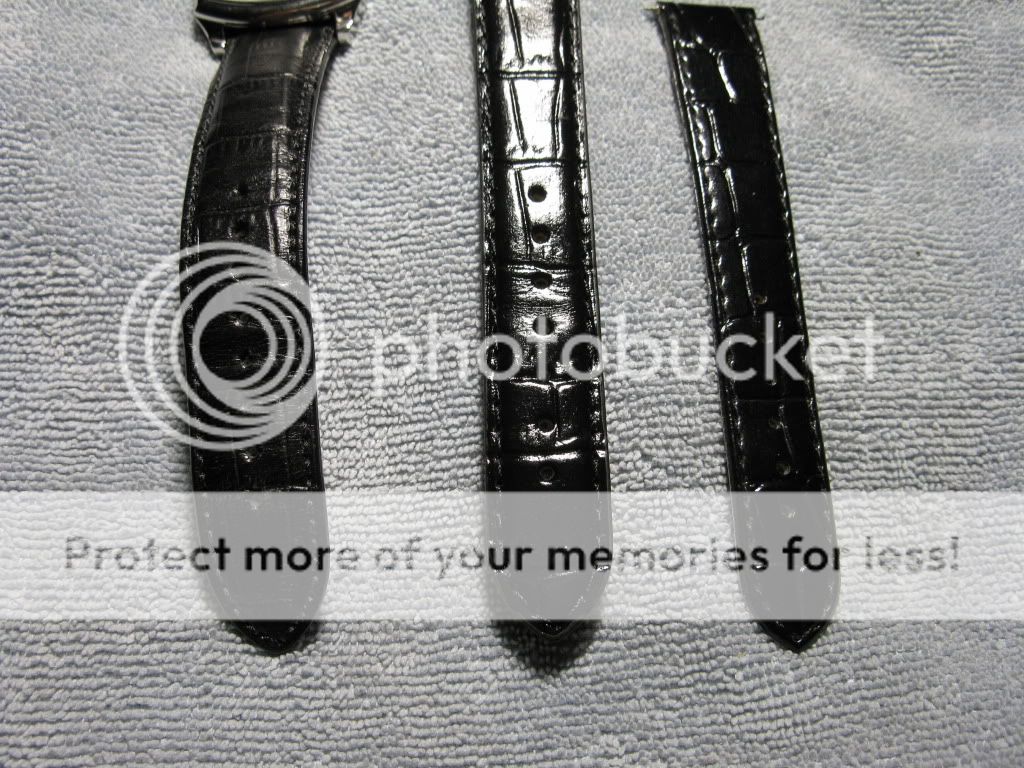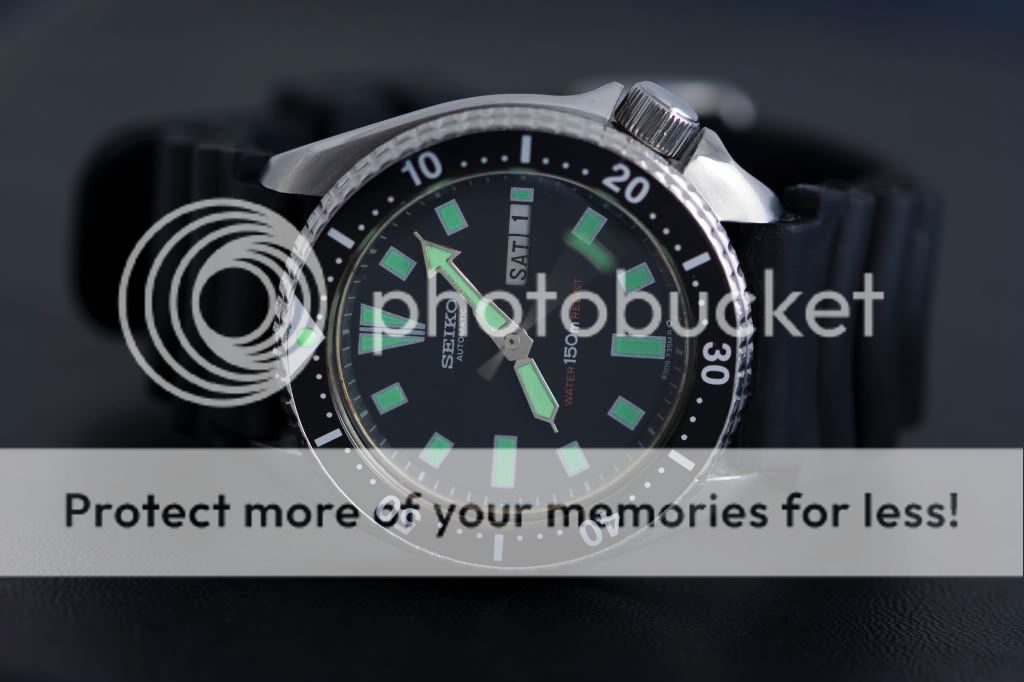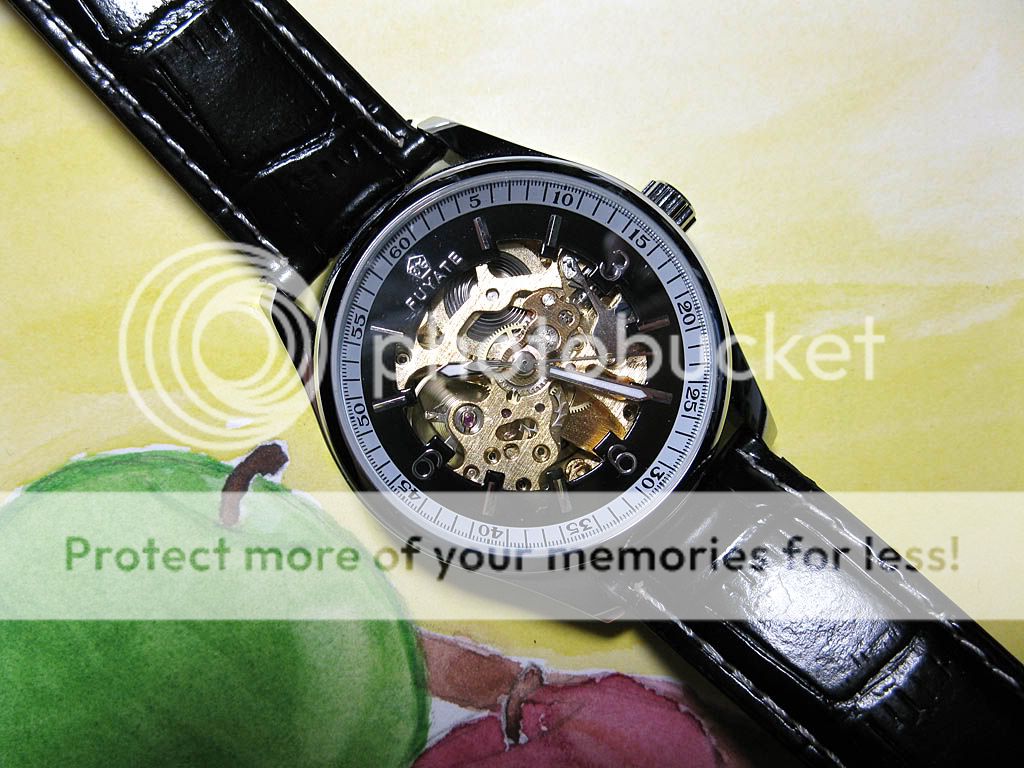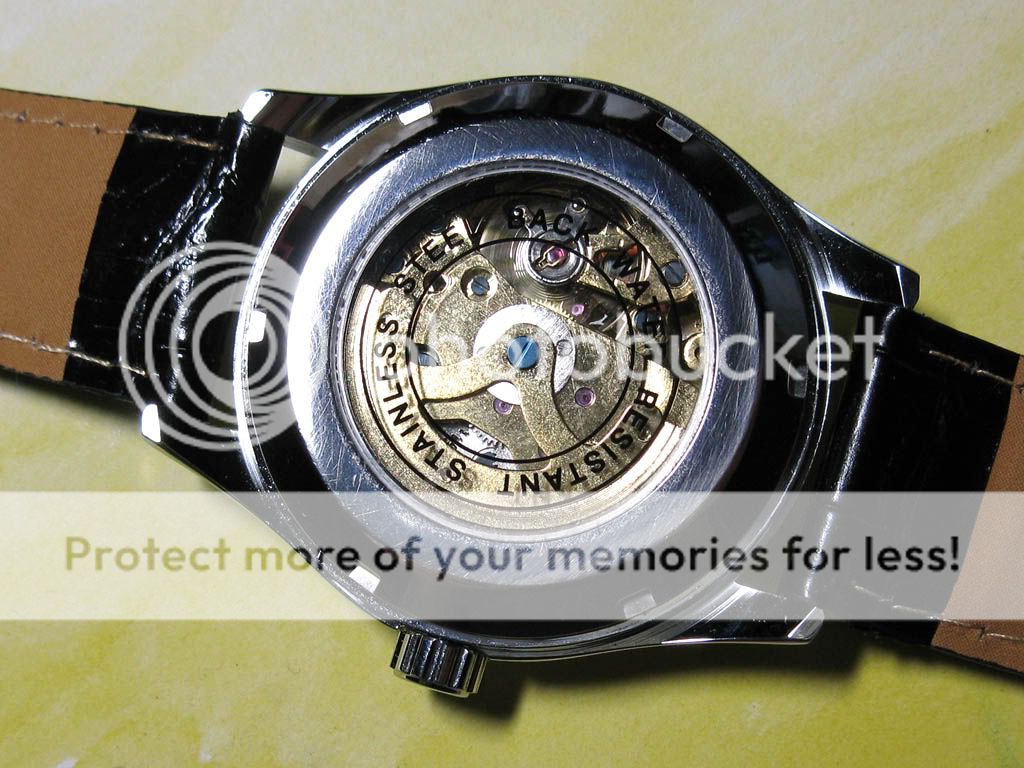The question: "How much do you have to spend before an affordable [watch] is comparable to a more expensive watch?" This was posed by mrsamsa on a watch forum this week. To rephrase, at what price point does the quality curve really start to flatten out? Beyond what price do you increasingly pay for style and branding rather than higher quality? A rough majority would say, about $500. Quoth midshipman01:
- A $500 watch running an ETA 2824 is going to be, for all practical purpose, as good at being a watch as one costing 10x's as much. It'll probably be made of the same materials, the movements will be well-established and high quality, and quality control at least has a chance of being somewhat comparable from the end-user's perspective. . . . But, as we say here time and again, watches (especially mechanical and high end types) aren't really about tangible qualities. People pay Rolex prices to get piece of the Rolex pedigree. They don't want a watch, they want a Rolex. They find some sense of satisfaction in it that's worth a cost far beyond what functionality or even "craftmanship" is actually offered.







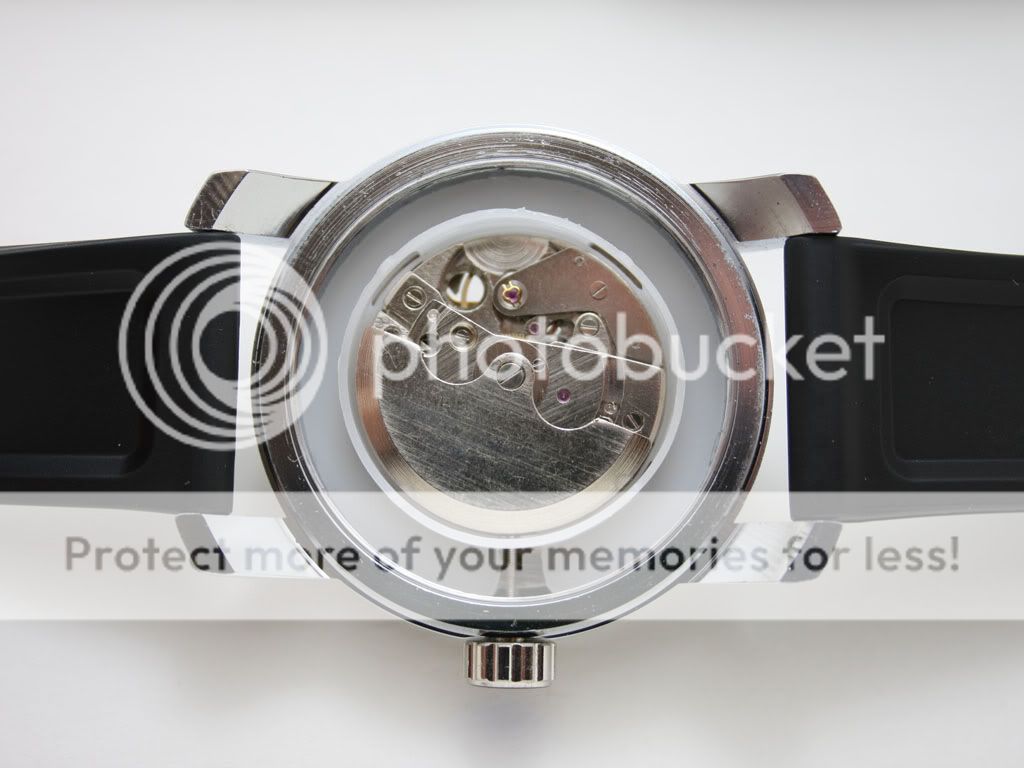
 Seller pic.
Seller pic.


